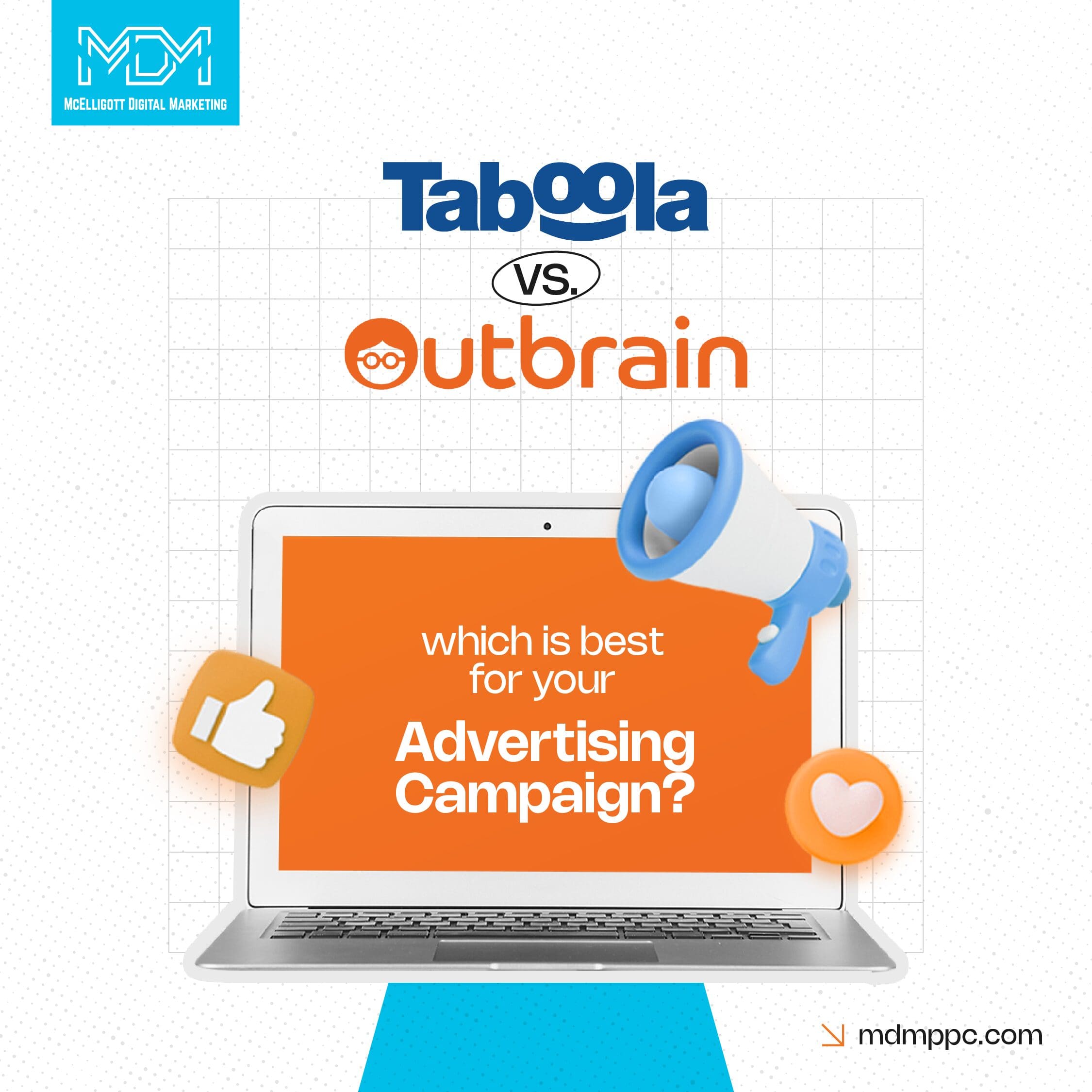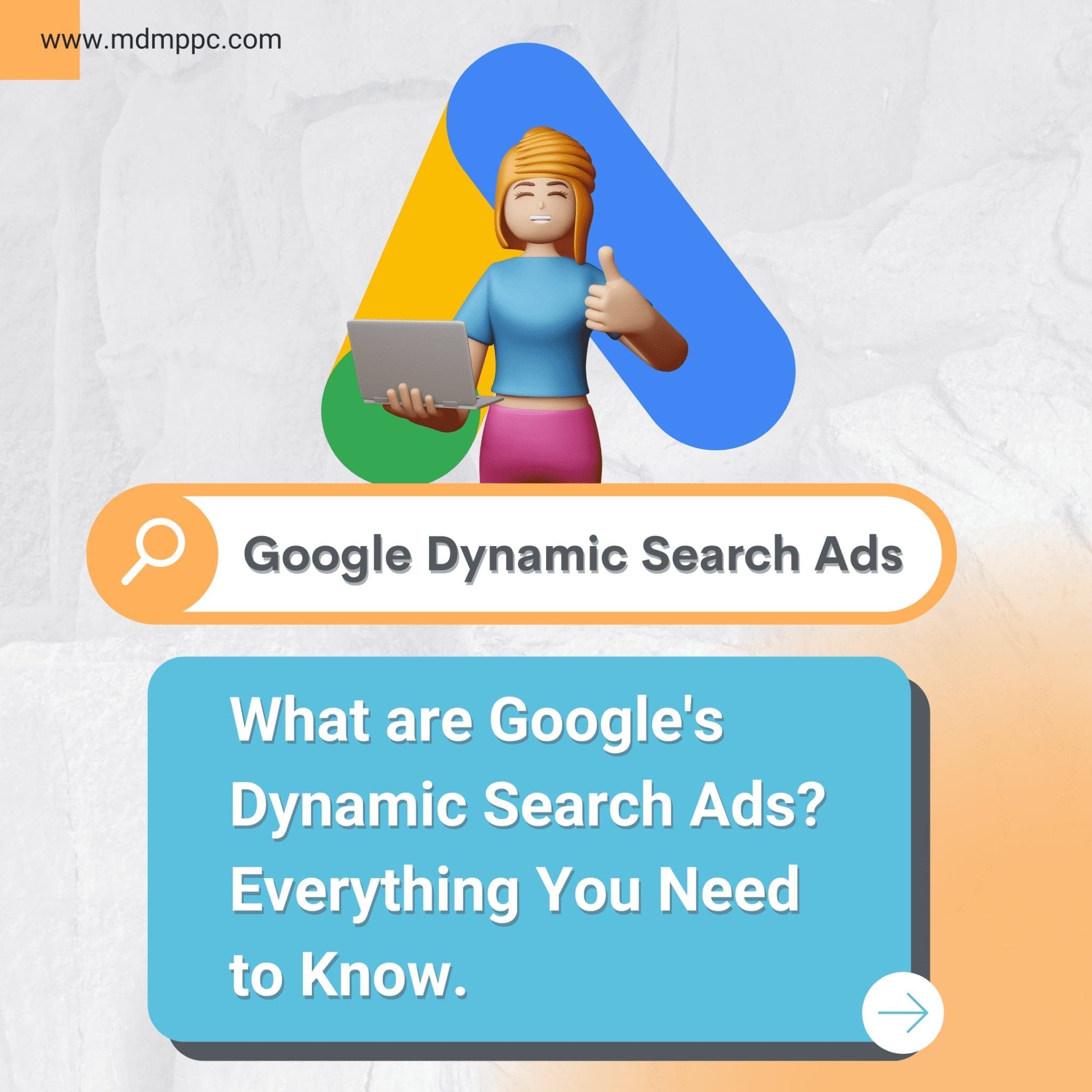Let’s start with the obvious question: What precisely is SEO?
The answer is simple: SEO is a shorthand for “Search Engine Optimization,” which refers to the process to get traffic from organic, free or editorial, or natural results on Google and other search engines.
The goal is to increase the position of your website on search result pages (SERPs). Keep in mind that the higher your site is listed, and more the visitors on your site.
Good SEO is a mix of actions, including:
- Select key words relevant to your needs that have a high potential for directing traffic to your site.
- Making quality, helpful content that is of high quality while optimizing for the search engine and the users.
- Links to relevant, high-quality websites/ Legit Backlinks
- The measurement of the results and analyzing it for change in branding strategy.
Nowadays, SEO is considered an essential part of marketing. Without proper on-page and off-page SEO, it is impossible to achieve your business goals.
There are many strategies to improve the SEO of a web page. Here we will discuss the importance of three pillars of SEO. But before this, let us dive into the need for SEO goals to gear up your business’s online presence.
Setting SEO Goals for Business
The setting of SEO goals is an essential element in the SEO strategy. It is crucial to establish SEO goals – and be sure that they align with your business goals overall.
Examples of SEO goals
If your company is transactional and has eCommerce as a component, it is essential to establish your goals to track sales and lead conversions.
If, however, you’re a commercial website that isn’t eCommerce, it is best to concentrate on lead generation.
If your company provides information, you are more likely to set goals focused on brand awareness or traffic to your website.
Keep in mind that even after having successfully implemented the SEO plan, SEO is never finished. When it comes to SEO, you might have to alter your strategy at any point or play a long game and then wait for the outcomes.
The Three Important SEO Pillars
As a digital marketing professional, understanding how to get your website, brand, or business noticed by search engines is essential, and knowing how SEO is changing keeps you on the highest level. Although SEO frequently evolves in subtle ways, its core concepts don’t.
It is possible to break SEO into three main elements or pillars you must be familiar with and follow frequently:
Technical Optimization:
Technical Optimization refers to the method of carrying out activities on your website which are intended to enhance SEO, but they are not tied to content specifically.
Technical Optimization relates to all the settings that will help web crawlers crawl various new pages and check their information.
If search engines find the webpage and content worthy, it will list it down on search engine pages for related queries, called Indexing.
Higher ranks are directly proportional to mastering SEO. Once a search engine completes crawling and indexing, ranking is done based on Google Ranking Algorithm.
On-Page Optimization
On-Page Optimization refers to the procedure of making sure that the content you publish is valuable and offers the best user experience.
It is about locating the most relevant keywords in your content. It can accomplish it through the use of a CMS: Content Management System.
Popular examples of CMS are WordPress and Wix, where most beginners feel comfortable starting their online journey.
Shopify, Joomla, Expression Engine, etc., are other platforms that can help you set up an online store and more.
You must optimize your website for both search engines and searchers.
Some critical SEO page techniques to boost your organic search results are:
Publishing High-Quality Content
Make sure the content you upload on your website is exclusive to your brand page. The unique and relatable content gets a higher place in Google’s (or other search engines like Bing) search algorithm.
Several types of content can match your brand. It can be of informational, navigational, transactional, or commercial intent.
Search for the higher ranking keywords and competitive keywords in your niche. Match the keywords with the detail you wish to deliver. Please use images, videos, infographics, and optimize them to be read easily by search engines.
Page Titles Optimization
Writing short descriptive titles with keywords (average characters to be 60) will increase CTR. Adding power words and numbers makes them more exciting and persuasive.
An optimized meta description is the part of page description visible on SERP (search engine result page). Google plays smart by adding an automated description in place of custom ones. This may help searchers find the answer to their query.
Heading Formatting is Important
Headings are used in hierarchical fashion i.e. <H1>, <H2>, <H3>, <H4>, and so on. This makes your content comprehensive for the search engines.
Use relatable keywords (as used in titles and meta descriptions) in subheadings to increase the chances of getting a higher rank on SERP than your competitors.
Use the proper spacing, bold, underline, italics, font to highlight the content that is to be focused on by engines and searchers.
Images and Multimedia Optimization
Attractive images hold eyes. Similarly, optimized images make the page loadable and readable.
The text associated with the pictures is the source of information for search engines.
For example, YouTube video will not tell search engines about the content it relates to. But the associated text (description, hashtags, linked pages) will tell.
Go for descriptive filenames. This will also help your site visitors to wait patiently when the images or videos take time to load.
Internal links on Your Page
Internal linking your articles is like creating your small web. Linking already published pages within your website will tell Google more precisely about your business. It will help search engines to list all essential articles your website has, and searchers can refer to.
This also increases the time users spend on your site.
External links are the links that point to any source of information outside your website. A website that links to another site is “external linking,” The one that receives the link is a “Backlink.”
Generating backlinks will increase the authenticity of your site. But getting links from legit sources is equally important to prevent spam recognition by search engines.
Always link out to valuable sources that are useful for readers or customers. You can also build relations while adding external links by mailing them about your business and idea.
You can use the “no follow” tag for external links you don’t trust or want to link you back.
Off-Page Optimization
Off-Page Optimization is the activity that helps to improve your website’s ranking on search engines by engaging in activities that are not related to the website directly (like on-page Optimization).
Several factors contribute to a website’s reputation and brand popularity. Crawlers (search engines) keep the authoritative content in priority.
Link Building
Link-buildings are part of off-page Optimization, where other trustworthy sources are promoting your brand.
Please note that not all links are equally important. Some links will have a more significant influence on your page’s ranking than others; some may have a negative impact.
Value to links may depend on the following factors:
- Links from authoritative websites, which have a brand value and established market fame.
- Relevance of the content that is on the page linking to the site linked. Links that originate from pages relevant to your company’s brand and their content have greater worth.
- Links that have anchor texts related to your company’s image or the content on the page are more valuable.
Guest Blogging
A highly efficient off-page SEO method is guest blogging, as it assists in both the building of links and establishing a reputation.
If you write a guest blog post for a blog or other website, the site will often let you hyperlink back to your website in your post or author bio.
This link will add a website to your link profile. It also has the advantage of building your reputation since your brand and name appear on another website.
Creating Shareable Content
Great content is always a top priority in search engine optimization. Making stunning and easily shareable content is an effective method of generating more natural backlinks to your blog or website.
Influencer Outreach
If you’ve written some content worth sharing, Don’t be afraid to contact influential people in your field. Inform them to visit your blog and ask for links back from their blogs.
Choose a platform for your brand consciously. Trace your target audience where they spend maximum time online.
Instagram will be best to showcase classy outfits in the store and to attract fashion-conscious buyers directly from your Insta feed.
Final Words: Three Pillars of SEO- Masterguide 2021
Deciding on the right business goals is essential to initiate the process. The searcher’s intent and search engine’s way of understanding your data plays a crucial part in any SEO strategy.
SEO audit is needed before implementing minimum efforts towards optimized content creation.
On-page or Off-page SEO will take time to give results. Technical SEO is indeed game-changing but offers results in the long run. You have to be patient while understanding and implementing various strategies.
Always go through ongoing developments and put the best version of your brand in front of your customers. Search engine optimization can compensate for ranking on SERP, but it is not always the same for searchers.





